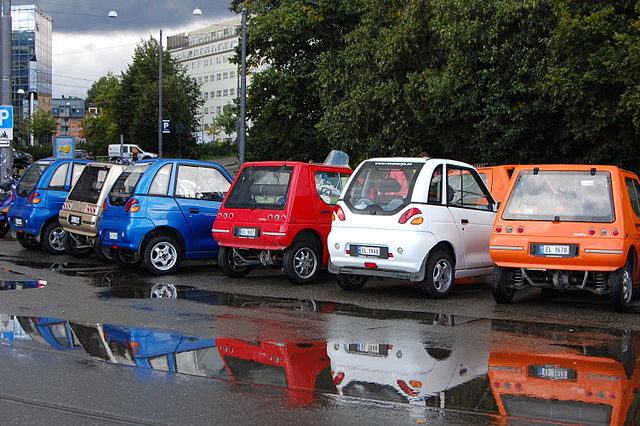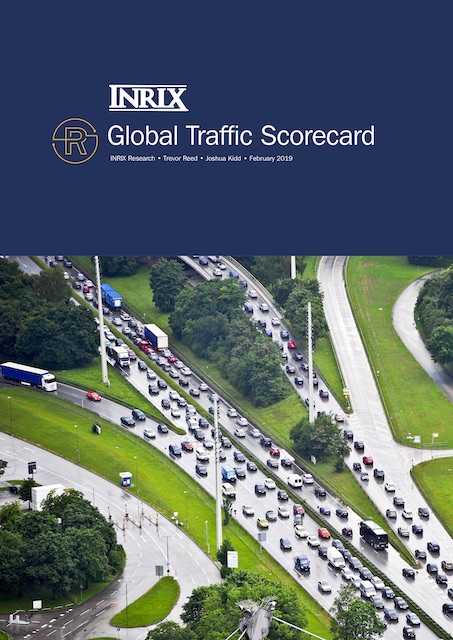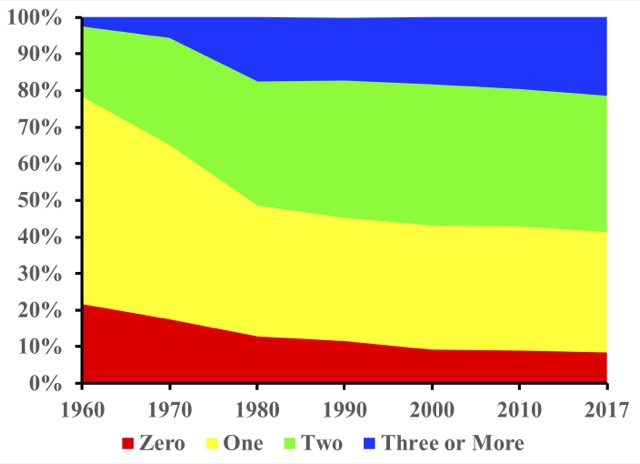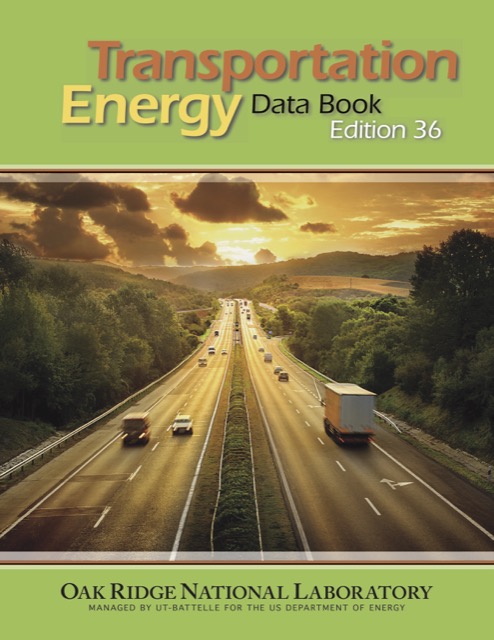According to both the 2009 and 2017 National Household Travel Survey, automobiles in the United States carry an average of 1.67 people (see page 58). Yet for table VM-1 of the Federal Highway Administration’s Highway Statistics annual reports, the Obama administration arbitrarily reduced this number to 1.38.
When this first appeared in the 2009 Highway Statistics report, I contacted the Federal Highway Administration to find out why they made the change. I was told that the lower number was based on then-latest 2009 National Household Travel Survey. When I pointed out that the survey found 1.67 people per vehicle, they said this number was “miles-weighted,” and if it were weighted by trips, it would be lower. When I expressed doubts that the difference would be that great, the person who I was communicating with insisted that he had a spreadsheet proving that the lower number was correct. When I asked him for a copy of that spreadsheet, he refused to give it to me, saying it was proprietary.
Since I used this number to calculate passenger miles, the mile-weighted method made more sense anyway. This meant that, whenever I wanted to quote passenger miles data, I would have to recalculate the numbers instead of relying on table VM-1, and then provide a justification for my recalculation. Continue reading












